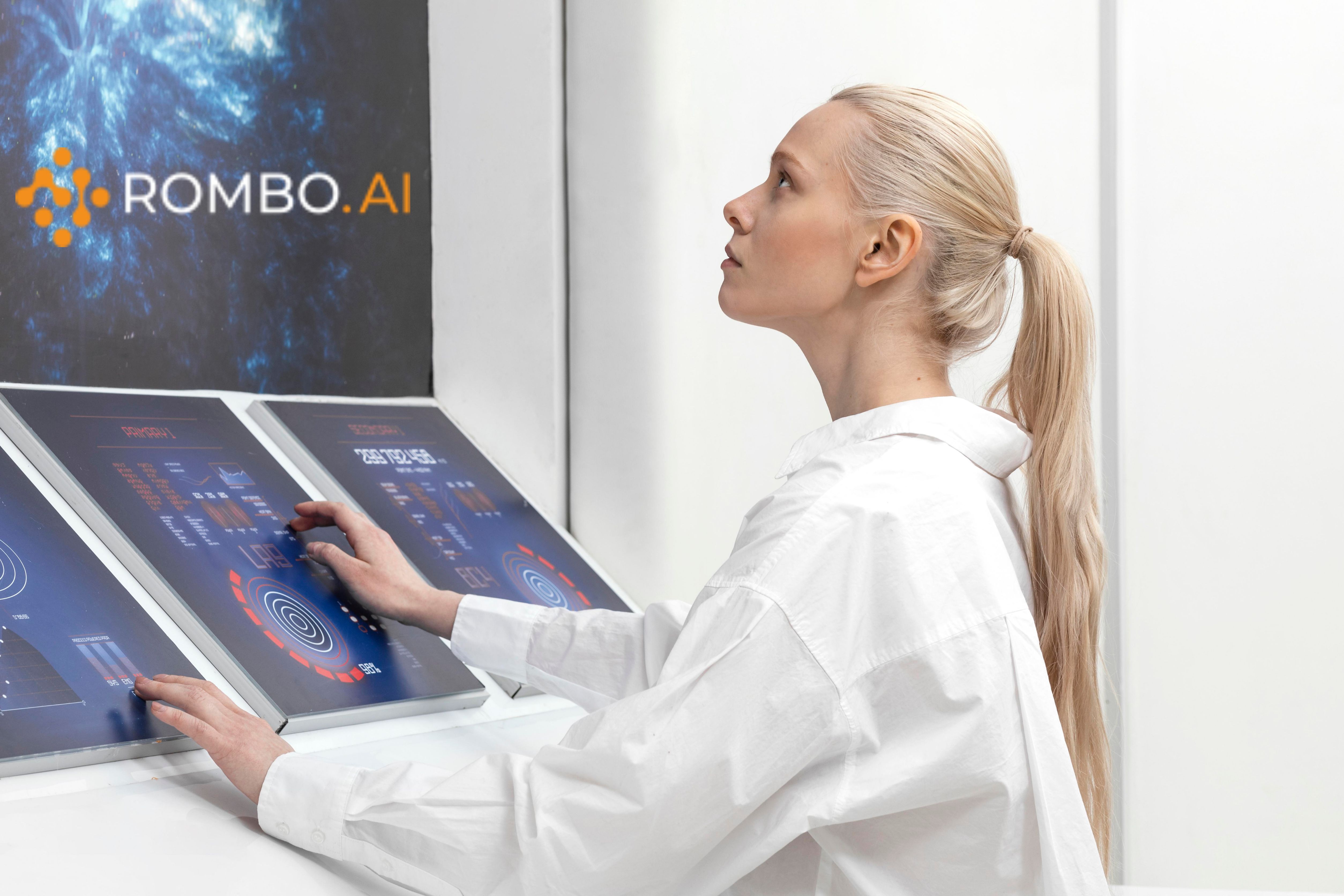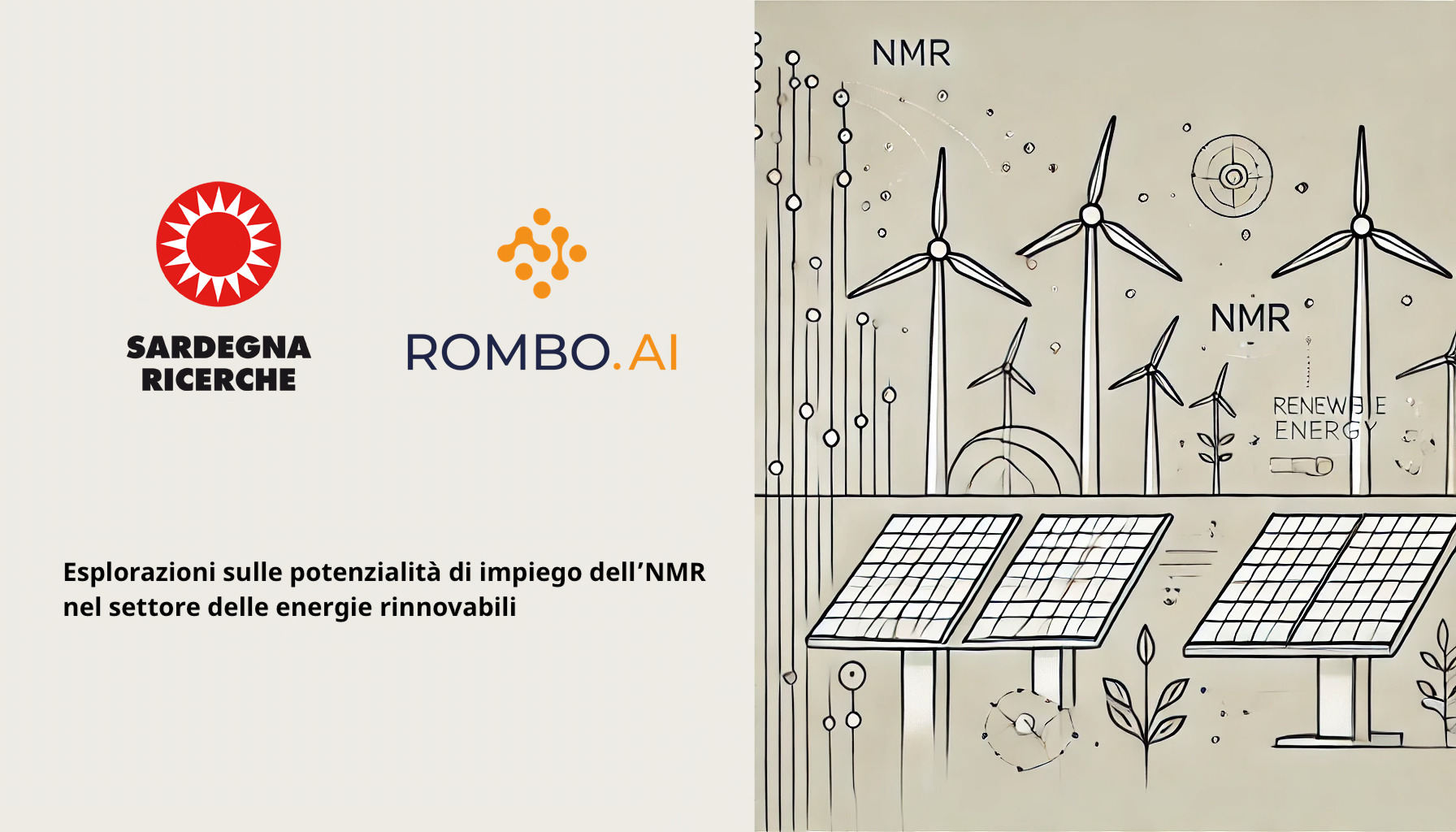The Oil & Gas industry is embracing AI for crude oil analysis. Discover how Rombo AI combines NMR...
The AI Transformation of Crude Oil Analysis: From Laboratory Bottlenecks to Real-Time Intelligence

The Oil & Gas industry is undergoing a pivotal shift toward Artificial Intelligence applications. Automated analytics and machine learning have become essential for Smart Oilfields to staying competitive, compliant, and efficient.
Beyond upstream and midstream, AI is increasingly being used downstream, where crude oil spectral analysis opens new opportunities. By applying advanced algorithms, refineries can achieve smarter and faster decisions in crude oil analysis, securing a distinct competitive advantage.
At Rombo AI, we are at the forefront of this shift. We combine Nuclear Magnetic Resonance (NMR) spectroscopy with machine learning to deliver real-time, precise, and scalable oil sample analysis using our Crude Oil Analyser solution.
Challenges of Traditional Crude Oil Analysis Solutions
Crude oil assays still rely on traditional methods that come with major trade-offs:
Laboratory testing remains the gold standard for accuracy: it can deliver a full crude assay with around 2% precision. But the drawbacks are substantial.
Firstly, a full assay can take up to two months, requires highly skilled lab personnel, and costs can climb to $50,000 per crude type. Also, as the results are static, the lab approach provides refiners with only a snapshot in time, rather than a continuous view. The process is also vulnerable to sampling errors or contamination, which can lead to unreliable results and additional disposal costs.
To overcome this, Near Infrared (NIR) analysis was introduced. It is relatively cheaper and faster, generating results in minutes. However, the chemometric models require a large and representative database covering many types of crude oils, and a specific calibration is needed for each crude oil.
Additionally, measurements and results can be sensitive to temperature and chemical compound variations. For this reason, refineries have adopted it with certain limitations.
High-Field NMR offers high precision and can deliver an assay within hours, but it comes with serious limitations: acquisition and maintenance costs are high, the instruments are highly sensitive to environmental conditions (such as magnetic fields and temperature), and additional specialised staff is required to operate them.
Refineries need something different: a method that combines laboratory-grade accuracy with real-time speed, cost-efficiency, and ease of use.
Reinventing Oil Analysis with the ROMBO AI Crude Oil Analyser
We are proud to lead a transformation toward intelligent, automated analysis, equipping laboratories and R&D teams with the tools they need to innovate faster, work smarter, and shape the future of energy and chemical research.
At Rombo AI, we combine NMR spectroscopy with machine learning to unlock real-time, precise, and scalable analysis. Our proprietary solution empowers R&D teams in laboratories and refineries to:
- Lower costs compared to conventional lab testing
- Faster decision-making thanks to real-time, actionable results
- Consistency and scalability with repeatable accuracy across samples
- Operational efficiency from repetitive tasks to higher-value activities
Limitations Of Artificial Intelligence In Crude Oil Analysis
While AI offers tremendous potential in analysing crude oil, it’s important to acknowledge its limitations:
-
Data dependency: AI models rely on high-quality, representative spectral and physio-chemical data. Incomplete, noisy, or unstandardized samples can lead to inaccurate predictions about crude composition or blending properties.
-
Integration complexity: Incorporating AI insights into existing refinery systems — such as process control, quality assurance, and production workflows — requires careful alignment and validation.
-
Continuous retraining required: As crude feedstocks and operational conditions vary over time, models must be regularly updated to maintain prediction accuracy.
-
Complementary, not a replacement: AI enhances human expertise in crude oil characterisation, but cannot fully replace experienced chemists/engineers, whose judgment is crucial for decision-making in complex cases.
By acknowledging these limitations, we understand and apply AI-driven solutions not as a cure-all, but as a powerful tool that delivers its full value when paired with deep domain expertise.
In Conclusion
Machine learning is transforming crude oil analysis by reducing costs, increasing speed, and enabling predictive insights. Yet, its success depends on careful implementation, continuous improvement, and collaboration between AI and human expertise.
With our solution, we are bridging this gap — helping refineries turn crude oil analysis from a reactive laboratory analysis procedure into a proactive competitive advantage.
Discover more about our solutions and how we can help you innovate by contacting us
Posted By: Silvia Bongiovanni



